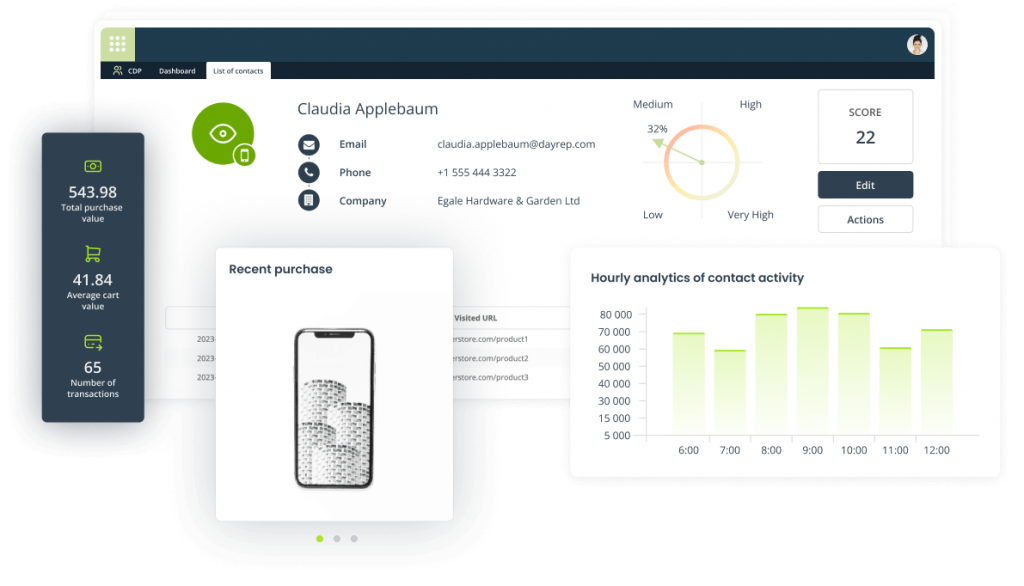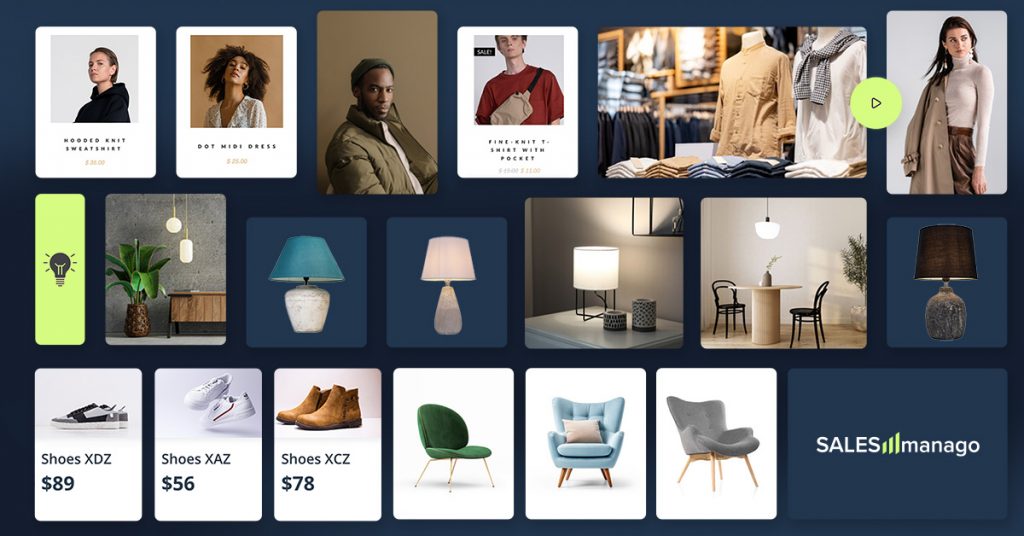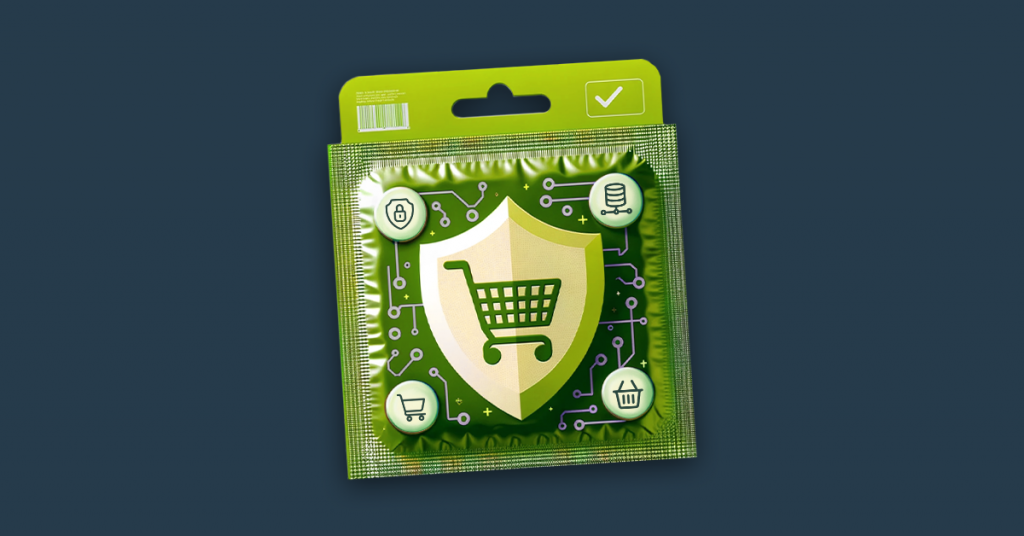December is a good time to sum things up and look at them from the distance.
In 2015 a lot changed in how we create, share and consume content. Also, the shift in consumer’s behavior becomes more evident, and new expectations towards the brands arise. The technological revolution unfolds: it involves more smart objects (not just smartphones but also smart watches, smart fridges or smart dolls) and more users.
10 Commandments of Email Marketing. Download a Free Ebook
So what 2015 taught us about marketing and what lesson should we draw to improve our performance in 2016?
Content marketing: invest in quality, repurposing, and new forms
B2B Content Report shows a paradox: 76% of B2B marketers plan to create more content in 2016, but only 30% of organizations declare that their content marketing is efficient, and 44% say that they know what success in this area means. In other words, marketers want to produce more content, although they don’t see effects of their current actions and can’t measure their performance.
So before you join the crowd screaming „More content!”, ask yourself how to achieve your aims with it.
Here are our tips:
• Find a balance: think about SEO, but make sure that your materials are human reader friendly. Don’t get trapped by keyword stuffing – it doesn’t work anymore. Search engines with their algorithms constantly changing are way too smart for that. You need a new, holistic approach to SEO, not producing garbage posts filled to the very top with keywords.
• Invest in high-quality content. According to Buffer, the perfect blog post length is 1600 words – such pieces convert best. So instead of writing tons of short, average texts, prepare one great material and then use it multiple times: change blog post into a presentation, infographics, or a podcast. Content repurposing is not cheating: you just find many ways to distribute your knowledge.
• Try new forms: don’t limit content marketing to blog posts, graphics or video. For example, Bonobos uses quizzes (and it’s great!)
Internet of Things is not a fad
Smart fridges that order food on their own.
Socks that automatically get paired and inform about a need to replace the worn pair.
Rings that measure your mood.
Shoes that lead you to your destination.
Interactive Barbie doll.
Wearables market grows at much faster pace than expected (Erin Rodat-Savla). They will take over some of the smartphones’ function. Although they seemed a total self-indulgence, actually their turned out to have some useful applications (for example surgeons willing to record their operations love Google Glass).
For marketers, new devices mean new possibilities. We will be closer to our customers, collect more data and engage in more intimate relationships, accompanying them in situations to which we haven’t had access before. With that, data will become essential. Marketers will have to learn how to gather, analyze and functionalize data (translate insights into action). The significance of technologies such as Marketing Automation will increase.
Read more
15 weirdest wearables in the world
Internet of Things for Marketers [ebook]
Mobility, not mobile channel
Content consumption on mobile exceeded desktop (source). On YouTube mobile accounts for 70% of viewership of the top channels. Interestingly, the average mobile session on YT is pretty long – more than 40 minutes, a 50% increase from the previous year (Digiday). Not to mention the platform’s revenue from mobile that increased 200% over a year.
If these facts urge you to complain about mobile killing book readership, let us remind you (after Clive Thompson) that smartphones look like books from the 18th century: tiny and crammed with large-fonted text. It’s not an unnatural way of reading, on the contrary, it might improve reading. Many dyslexia sufferers discovered that reading on a smartphone is much easier for them when compared to reading a traditional book. (Boston Globe) And it’s simply more convenient to have something to read on your smartphone than to carry a thick book. So don’t panic, mobile devices don’t kill our culture.
Content consumption is one thing. Consumers buying more and more on mobile devices are another. In the U.S., mobile commerce is anticipated to grow from $54.6 million in 2014 to $96.3 million in 2016. Compared to the roughly 9-11 percent increase e-commerce is expected to see each year, m-commerce in the U.S. has a projected growth rate of between 32-26 percent annually through 2016. Globally, mobile commerce across the 22 markets is estimated to grow from roughly $102 billion in 2013 to approximately $291 billion in 2016.
That growth is stimulated mostly by consumers between 18 and 34 years old (59% of mobile buyers).
[more data and insights in the ebook Mobile Marketing Automation]
For marketers, it means that we can’t speak about mobile as a separate channel or an option. It’s not a side dish; it’s the main course! That’s the first place customers search, communicate and shop. That’s why couldn’t agree more with Jay Henderson when he says that we should use the word „mobility” not „mobile channel”, and it’s not only about a vocabulary change but about a burning need to address the change in customer behavior.
Mobile users prefer to use apps, not browsers, they buy more (because they tend to shop more spontaneously) and show higher loyalty (when they use one app it’s convenient to stick to the brand). It should encourage marketers to:
– Invest in marketing in applications (not necessarily company’s own)
– Personalize the communication in apps (for example push notifications that can be a powerful sales tool if handled properly)
– Include data in their strategy to deliver a cohesive message in all channels. For example thanks to Mobile Marketing Automation, you can learn what apps apart from your user have installed on her device. Use that knowledge also for communication in other channels, like email marketing (segment users according to their interests basing on other apps installed)
– Adapt push logic: using mobile devices has different rules. There you don’t search for information, but information finds you before you start to look. An example? When you pass by the physical store, an app will send you a push notification with a discount before you even think of buying and looking for a discount online. Dynamic popups with personalized content or contact form work the same way – we try to expect customers’ needs, so they don’t have to browse and search on their own. Despite the career of the inbound marketing philosophy, it will have to be enriched with more and more push elements.
And what you discovered about marketing in 2015?





 Follow
Follow


![[New Feature] Shine the light on your hidden visitors with Spotlight](https://blog.salesmanago.com/wp-content/uploads/2024/04/1-9.png)


![[New Feature] Unlock Deep Behavioral Personalization with Product Collections](https://blog.salesmanago.com/wp-content/uploads/2024/03/1-3.png)



![[New Feature] Shine the light on your hidden visitors with Spotlight](https://blog.salesmanago.com/wp-content/uploads/2024/04/1-9-1024x536.png)







